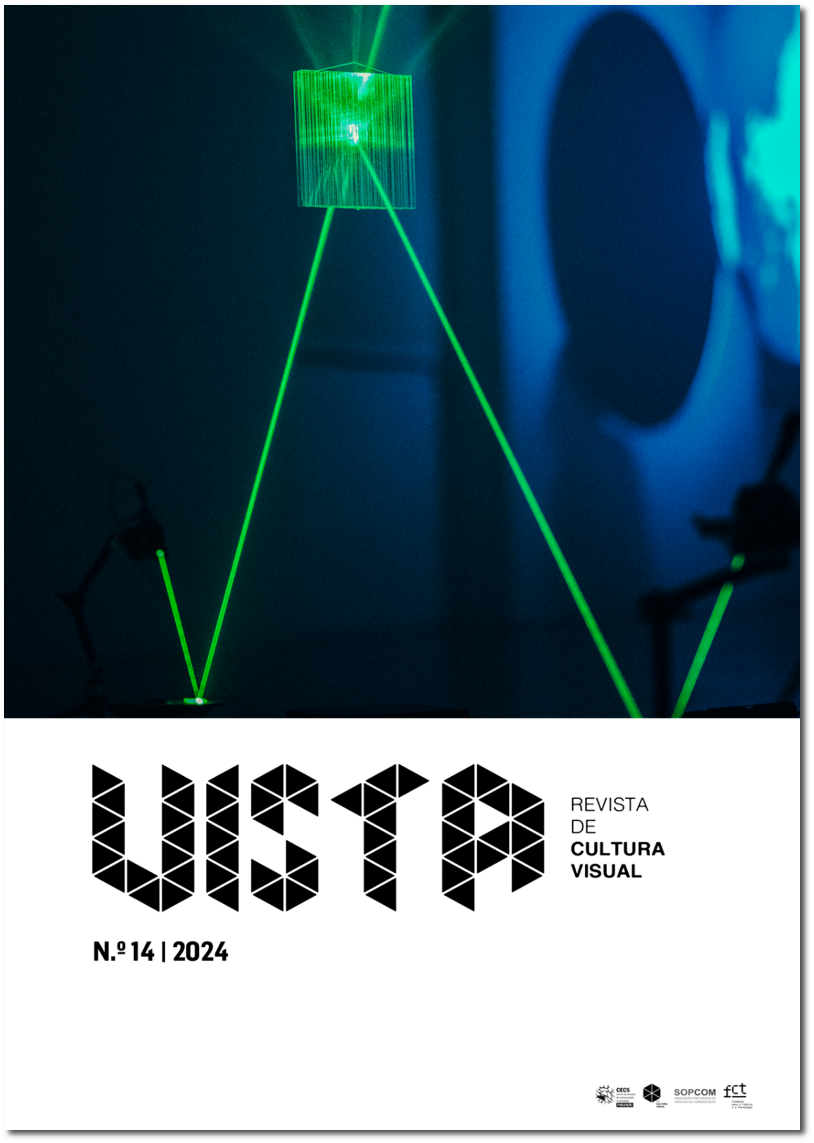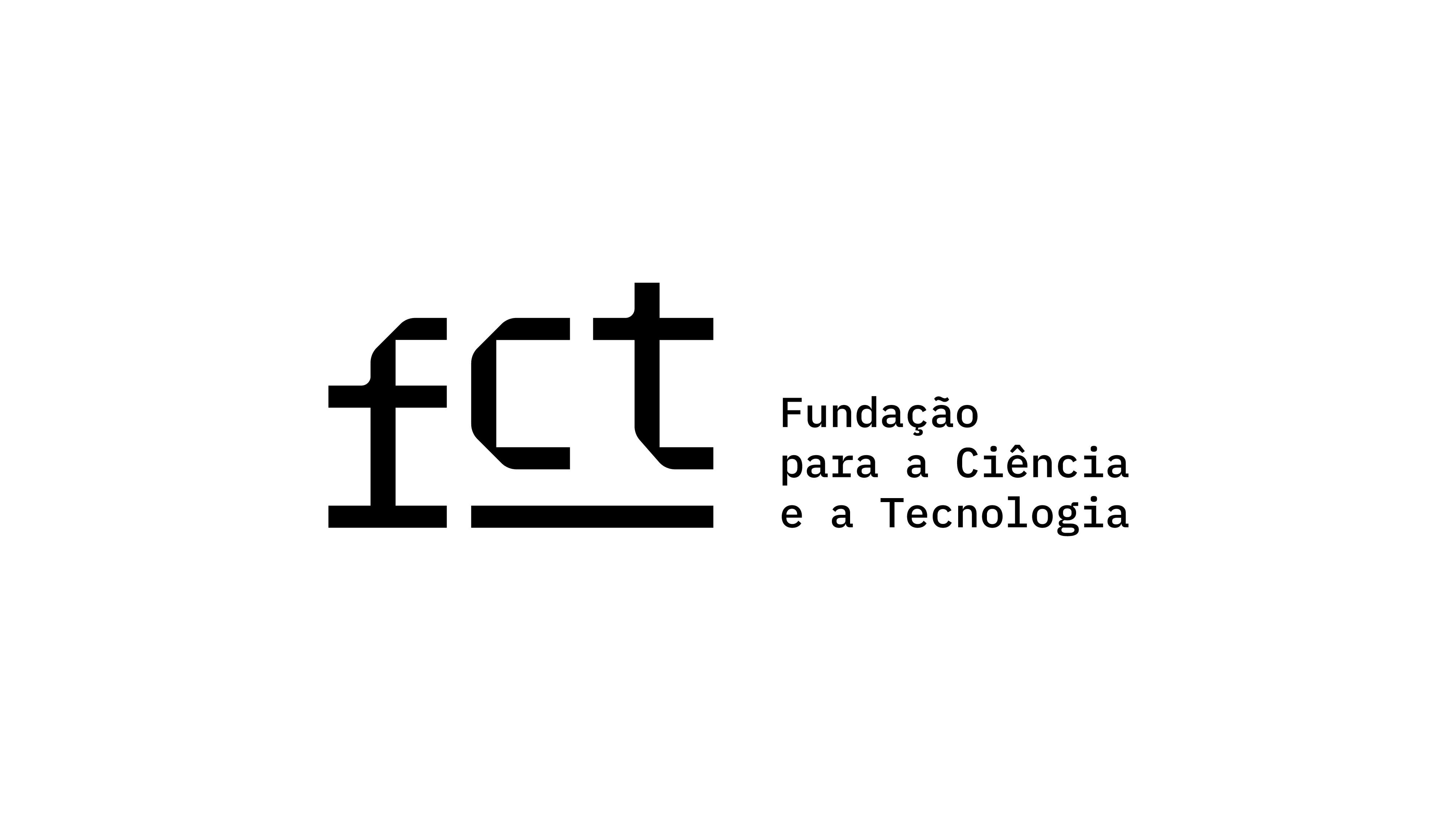Aperfeiçoamento da Formação de Bombeiros Através da Realidade Virtual: Perspetivas Sobre Benefícios, Desafios e Integração Tecnológica
DOI:
https://doi.org/10.21814/vista.5875Palavras-chave:
formação à distância, realidade virtual, simulação, formação de bombeirosResumo
A utilização da realidade virtual (RV) na formação de bombeiros é uma inovação promissora, com o potencial de transformar métodos de treino tradicionais, ao permitir simulações de cenários de alto risco de forma controlada e segura. Este artigo explora os benefícios e os desafios da integração da RV em programas de formação, destacando as suas vantagens no desenvolvimento de competências práticas e na preparação para situações de emergência complexas. O realismo proporcionado pela RV facilita a imersão dos bombeiros em ambientes virtuais onde podem praticar manobras e tomada de decisões sem os riscos inerentes ao uso de fogo real, aumentando a segurança e permitindo a repetição de cenários sem custos adicionais significativos. Contudo, a aplicação da RV enfrenta desafios técnicos e de aceitação. Barreiras como o custo elevado de equipamentos, as dificuldades na criação de simulações completamente realistas, especialmente para replicar fatores como o calor e o fumo, e a resistência de alguns profissionais em adotar tecnologias novas são questões relevantes. Além disso, a necessidade de hardware especializado e a possível ocorrência de desconfortos físicos, como enjoos, indicam a importância de um período de adaptação. Ainda assim, estudos indicam que a RV pode oferecer benefícios significativos, como o feedback imediato e a possibilidade de personalização do treino para responder às necessidades individuais. A integração eficaz da RV requer uma abordagem colaborativa entre corporações de bombeiros e de quem desenvolve a tecnologia para adaptar a inovação às especificidades do treino de emergência. O potencial da RV para elevar o nível de preparação dos bombeiros de forma segura e eficiente aponta para uma aplicação crescente dessa tecnologia na área de segurança pública, destacando a importância de investigações futuras para otimizar o seu uso em cenários reais de emergência.Downloads
Referências
Bellemans, M., Lamrnens, D., De Sloover, J., De Vleeschauwer, T., Schoofs, E., Jordens, W., Van Steenhuyse, B., Mangelschots, J., Selleri, S., Hamesse, C., Freville, T., & Haeltermani, R. (2020). Training firefighters in virtual reality. In 2020 International Conference on 3D Immersion (IC3D): Proceedings (pp. 1–6). Institute of Electrical and Electronics Engineers. https://doi.org/10.1109/IC3D51119.2020.9376336
Blanco-Novoa, Ó., Fraga-Lamas, P., A. Vilar-Montesinos, M., & Fernández-Caramés, T. M. (2020). Creating the internet of augmented things: An open-source framework to make IoT devices and augmented and mixed reality systems talk to each other. Sensors, 20(11), 1–27. https://doi.org/10.3390/s20113328
Bourhim, E. L. M., & Cherkaoui, A. (2020). Efficacy of virtual reality for studying people’s pre-evacuation behavior under fire. International Journal of Human-Computer Studies, 142, 1–15. https://doi.org/10.1016/j.ijhcs.2020.102484
Braun, P., Grafelmann, M., Gill, F., Stolz, H., Hinckeldeyn, J., & Lange, A. (2022). Virtual reality for immersive multi-user firefighter-training scenarios. Virtual Reality & Intelligent Hardware, 4(5), 406–417. https://doi.org/10.1016/j.vrih.2022.08.006
Chamusca, I., Santos, F., Ferreira, C., Murari, T., Junior, A., & Winkler, I. (2022). Evaluation of design guidelines for the development of intuitive virtual reality authoring tools: A case study with NVIDIA Omniverse. In IEEE International Symposium on Mixed and Augmented Reality Workshops (pp. 357–362). Institute of Electrical and Electronics Engineers. https://doi.org/10.1109/ISMAR-Adjunct57072.2022.00078
Chang, E., Kim, H. T., & Yoo, B. (2020). Virtual reality sickness: A Review of causes and measurements. International Journal of Human–Computer Interaction, 36(17), 1658–1682. https://doi.org/10.1080/10447318.2020.1778351
Creagh, H. (2003). Cave Automatic Virtual Environment. In Proceedings: Electrical Insulation Conference and Electrical Manufacturing and Coil Winding Technology Conference (pp. 499–504). Institute of Electrical and Electronics Engineers. https://doi.org/10.1109/EICEMC.2003.1247937
Diemer, J., Alpers, G. W., Peperkorn, H. M., Shiban, Y., Mühlberger, A., & Oathes, D. J. (2015). The impact of perception and presence on emotional reactions: A review of research in virtual reality. Frontiers in Psychology, 6(26), 1–9. https://doi.org/10.3389/fpsyg.2015.00026
Doerner, R., Broll, W., Jung, B., Grimm, P., Göbel, M., & Kruse, R. (2022). Introduction to virtual and augmented reality. In Virtual and augmented reality (VR/AR): Foundations and methods of extended realities (XR) (pp. 1–37). Springer. https://doi.org/10.1007/978-3-030-79062-2_1
Engelbrecht, H., Lindeman, R. W., & Hoermann, S. (2019). A SWOT analysis of the field of virtual reality for firefighter training. Frontiers in Robotics and AI, 6, 1–14. https://doi.org/10.3389/frobt.2019.00101
Fisher, S. S. (2016). The NASA Ames VIEWlab project — A brief history. Presence, 25(4), 339–348. https://doi.org/10.1162/PRES_a_00277
Furht, B. (2008). Virtual reality. In B. Furht (Ed.), Encyclopedia of multimedia (p. 868). Springer US. https://doi.org/10.1007/978-0-387-78414-4_255
Gigante, M. A. (1993). 1 - Virtual reality: Definitions, history and applications. In R. A. Earnshaw, M. A. Gigante, & H. Jones (Eds.), Virtual reality systems (pp. 3–14). Academic Press. https://doi.org/10.1016/B978-0-12-227748-1.50009-3
Grabowski, A., & Jach, K. (2021). The use of virtual reality in the training of professionals: With the example of firefighters. Computer Animation and Virtual Worlds, 32(2), 1–6. https://doi.org/10.1002/cav.1981
Gutierrez, N. (2023). The ballad of Morton Heilig: On VR’s mythic past. JCMS: Journal of Cinema and Media Studies, 62(3), 86–106. https://doi.org/10.1353/cj.2023.0027
Iatsyshyn, A. V., Kovach, V. O., Romanenko, Y. O., Deinega, I. I., Iatsyshyn, A. V., Popov, O. O., Kutsan, Y. G., Artemchuk, V. O., Burov, O. Y., & Lytvynova, S. H. (2020). Application of augmented reality technologies for preparation of specialists of new technological era. In A. E. Kiv, & M. P. Shyshkina (Eds.), CEUR workshop proceedings (Vol. 2547, pp. 181–200). Kryvyi Rih State Pedagogical University.
Jerald, J. (2015). The VR book: Human-centered design for virtual reality. Association for Computing Machinery; Morgan & Claypool. https://doi.org/10.1145/2792790
Kardong-edgren, S. S., Farra, S. L., Alinier, G., & Young, H. M. (2019). A call to unify definitions of virtual reality. Clinical Simulation in Nursing, 31, 28–34. https://doi.org/10.1016/j.ecns.2019.02.006
Kono, M., Miyaki, T., & Rekimoto, J. (2018). In-Pulse: Inducing fear and pain in virtual experiences. In S. N. Spencer (Ed.), Proceedings of the 24th ACM Symposium on Virtual Reality Software and Technology (pp. 1–5). Association for Computing Machinery. https://doi.org/10.1145/3281505.3281506
Kwon, C. (2021). A study on the verification of the effect of sensory extension through cutaneous sensation on experiential learning using VR. Virtual Reality, 25(1), 19–30. https://doi.org/10.1007/s10055-020-00435-9
Lasko-Harvill, A., Blanchard, C., Smithers, W., Harvill, Y., & Coffman, A. (1988). From DataGlove to DataSuit. In Digest of Papers. COMPCON Spring 88 Thirty-Third IEEE Computer Society International Conference (pp. 536–538). Institute of Electrical and Electronics Engineers. https://doi.org/10.1109/CMPCON.1988.4925
McGowin, G., Fiore, S. M., & Oden, K. (2021). A meta-review of learning research in immersive virtual reality. Proceedings of the Human Factors and Ergonomics Society Annual Meeting, 65(1), 894–898. https://doi.org/10.1177/1071181321651326
Morris, A., Guan, J., Lessio, N., & Shao, Y. (2020). Toward mixed reality hybrid objects with IoT avatar agents. In IEEE International Conference on Systems, Man and Cybernetics (pp. 766–773). Institute of Electrical and Electronics Engineers. https://doi.org/10.1109/SMC42975.2020.9282914
Narciso, D., Melo, M., Raposo, J. V., Cunha, J., & Bessa, M. (2020). Virtual reality in training: An experimental study with firefighters. Multimedia Tools and Applications, 79(9–10), 6227–6245. https://doi.org/10.1007/s11042-019-08323-4
Oliver, R. (2002). The role of ICT in higher education for the 21st century: ICT as a change agent for education. https://www.qualityes.org/wp-content/uploads/2018/06/The_role_of_ICT_in_higher_education_for_the_21st_c-2.pdf
Papachristos, N. M., Vrellis, I., & Mikropoulos, T. A. (2017). A comparison between Oculus Rift and a low-cost smartphone VR headset: Immersive user experience and learning. Proceedings - IEEE 17th International Conference on Advanced Learning Technologies, ICALT 2017, 477–481. https://doi.org/10.1109/ICALT.2017.145
Papadopoulos, T., Evangelidis, K., Kaskalis, T. H., Evangelidis, G., & Sylaiou, S. (2021). Interactions in augmented and mixed reality: An overview. Applied Sciences, 11(18), 1–24. https://doi.org/10.3390/app11188752
Santoso, H. B., Wang, J., & Windasari, N. A. (2021). Impact of multisensory extended reality on tourism experience journey. Journal of Hospitality and Tourism Technology, 13(3), 356–385. https://doi.org/10.1108/JHTT-01-2021-0036
Shi, Y., Kang, J., Xia, P., Tyagi, O., Mehta, R. K., & Du, J. (2021). Spatial knowledge and firefighters’ wayfinding performance: A virtual reality search and rescue experiment. Safety Science, 139, 1–13. https://doi.org/10.1016/j.ssci.2021.105231
Singh, N., & Carolina, N. (2017). Virtual reality: A brief survey. In 2017 International Conference on Information Communication and Embedded Systems (pp. 1–6). Institute of Electrical and Electronics Engineers. https://doi.org/10.1109/ICICES.2017.8070720
Steuer, J. (1992). Defining virtual reality: Dimensions determining telepresence. Journal of Communication, 42(4), 73–93. https://doi.org/10.1111/j.1460-2466.1992.tb00812.x
Suied, C., Drettakis, G., Warusfel, O., & Viaud-delmon, I. (2013). Auditory-visual virtual reality as a diagnostic and therapeutic tool for cynophobia. Cyberpsychology, Behaviour, and Social Networking, 16(2), 145–152. https://doi.org/10.1089/cyber.2012.1568
Sutherland, I. E. (1968). A head-mounted three dimensional display. In Proceedings of the December 9-11, 1968, Fall Joint Computer Conference, Part I (pp. 757–764). Association for Computing Machinery. https://doi.org/10.1145/1476589.1476686
Wahab, N. H. A., Sunar, N., Ariffin, S. H., Wong, K. Y., & Aun, Y. (2022). Indoor Positioning System: A review. International Journal of Advanced Computer Science and Applications, 13(6), 477–490. https://doi.org/10.14569/IJACSA.2022.0130659
Wheeler, S. G., Engelbrecht, H., & Hoermann, S. (2021). Human factors research in immersive virtual reality firefighter training: A systematic review. Frontiers in Virtual Reality, 2(October), 1–13. https://doi.org/10.3389/frvir.2021.671664
Witmer, B. G., Bailey, J. H., Knerr, B. W., & Parsons, K. C. (1996). Virtual spaces and real world places: Transfer of route knowledge. International Journal of Human-Computer Studies, 45(4), 413–428. https://doi.org/10.1006/ijhc.1996.0060
Witmer, B. G., & Singer, J. M. (1998). Measuring presence in virtual environments. Conference on Human Factors in Computing Systems - Proceedings, 7(3), 225–240. https://doi.org/10.1162/105474698565686
Woo, O. K. L., Lee, A. M., Ng, R., Eckhoff, D., Lo, R., & Cassinelli, A. (2024). Flourishing-life-of-wish virtual reality relaxation therapy (FLOW-VRT-Relaxation) outperforms traditional relaxation therapy in palliative care: Results from a randomized controlled trial. Frontiers in Virtual Reality, 4, 1–11. https://doi.org/10.3389/frvir.2023.1304155
Xie, B., Liu, H., Alghofaili, R., Zhang, Y., Jiang, Y., Lobo, F. D., Li, C., Li, W., Huang, H., Akdere, M., Mousas, C., & Yu, L. F. (2021). A review on virtual reality skill training applications. Frontiers in Virtual Reality, 2, 1–19. https://doi.org/10.3389/frvir.2021.645153
Zechner, O., Kleygrewe, L., Jaspaert, E., Schrom-Feiertag, H., Hutter, R. I. V., & Tscheligi, M. (2023). Enhancing operational police training in high stress situations with virtual reality: Experiences, tools and guidelines. Multimodal Technologies and Interaction, 7(2), 1–24. https://doi.org/10.3390/mti7020014
Downloads
Publicado
Como Citar
Edição
Secção
Licença
Direitos de Autor (c) 2024 Bruno Miguel Pinheiro, Pedro Alves da Veiga, Paulo Duarte Branco

Este trabalho encontra-se publicado com a Licença Internacional Creative Commons Atribuição 4.0.
Os autores são titulares dos direitos de autor, concedendo à revista o direito de primeira publicação. O trabalho é licenciado com uma Licença Creative Commons - Atribuição 4.0 Internacional.












